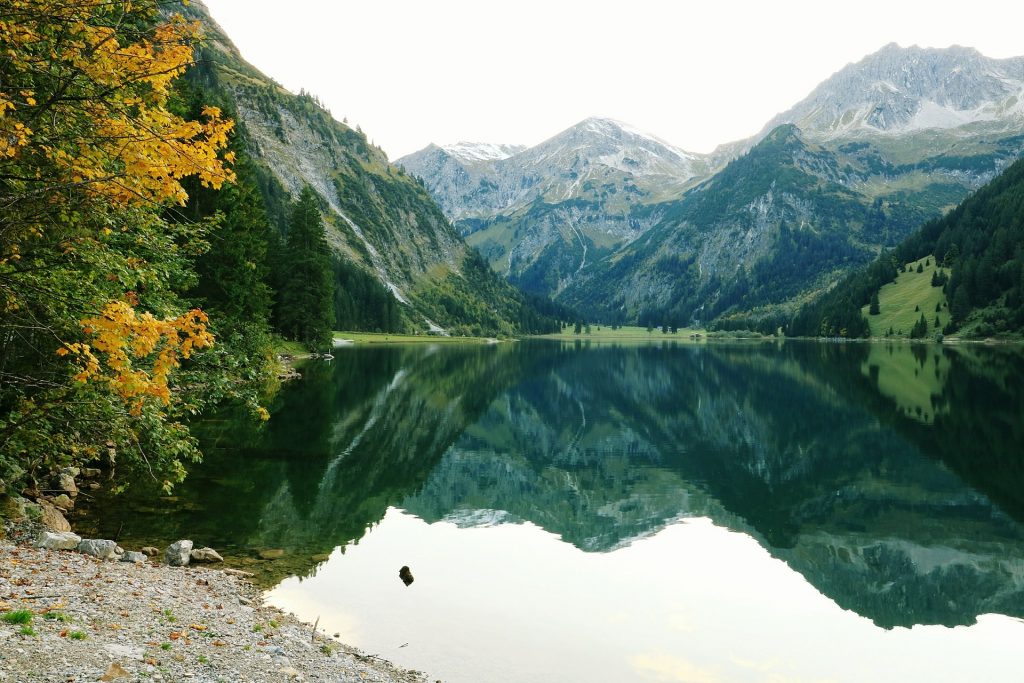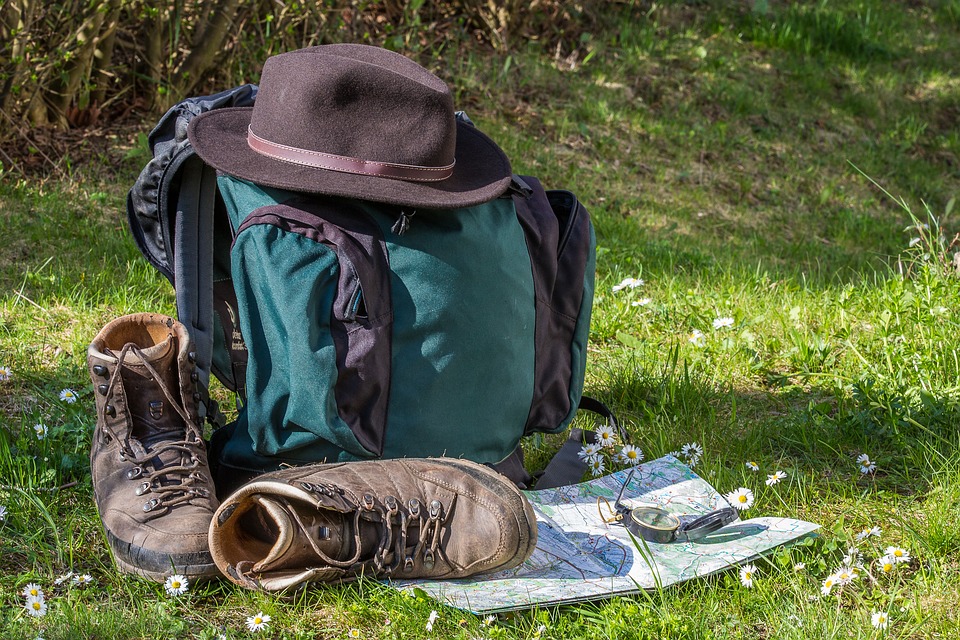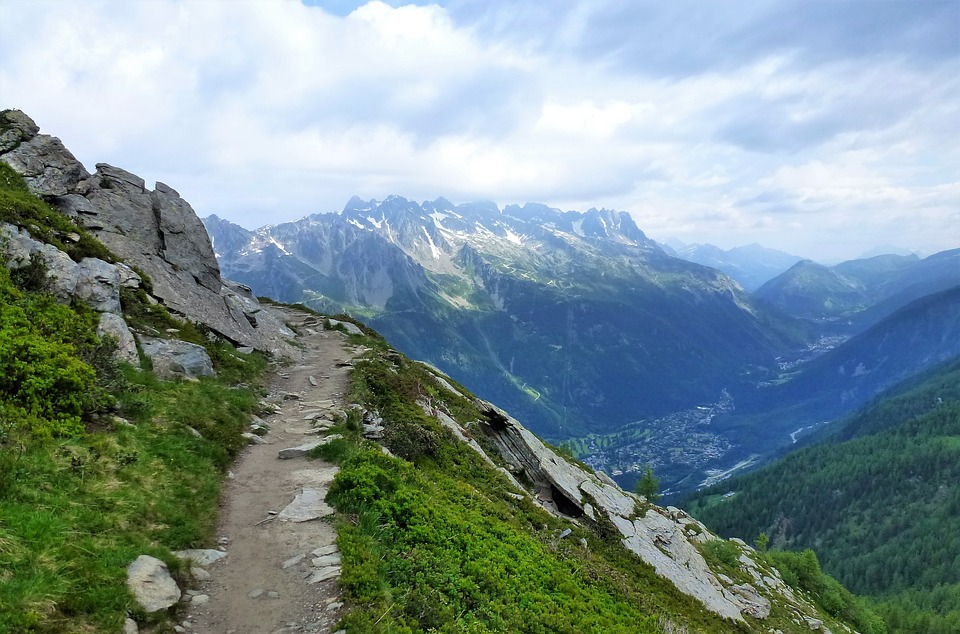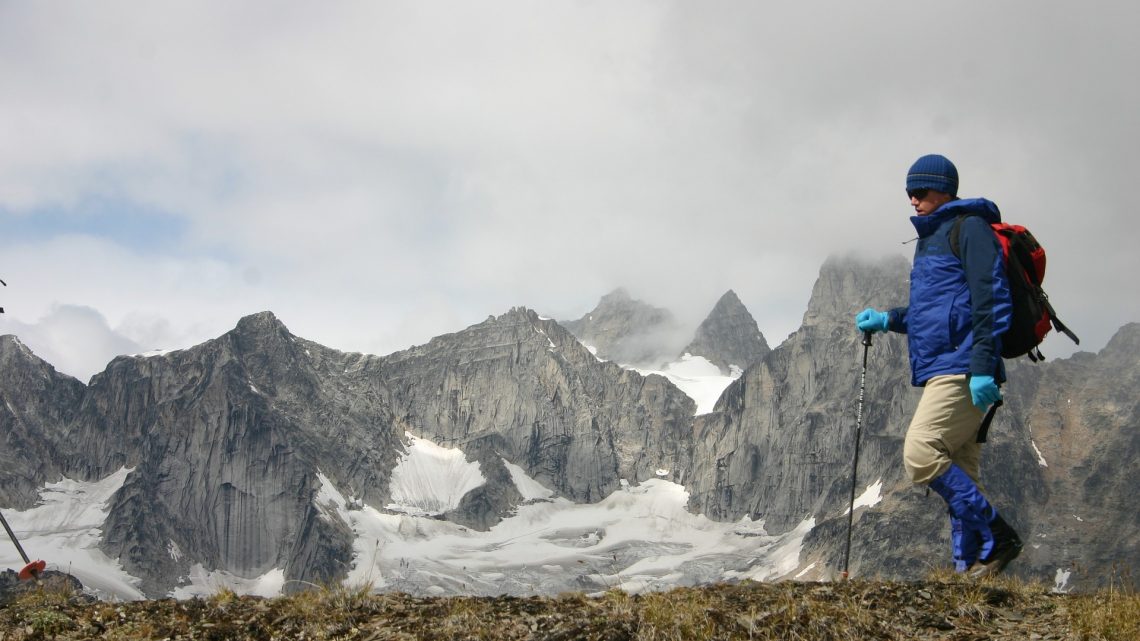It’s already mid-March which means that snow is melting, clouds are parting, and everyone’s favorite season is right around the corner. That’s right, spring is coming! And while the season does come with cleaning and allergies, it also brings optimal hiking weather.
So while you’re getting ready to lace up your boots and discover more of the world’s most beautiful spots, we here at Safer America wanted to remind you how to optimize your hiking safety.
Improve Your Hiking Safety: 5 Ways to Stay Prepared
It’s no surprise that many people love hiking. As a matter of fact, there were 47.2 million hikers across the United States last spring. It’s fun, healthy, and affordable! If you’ve ever been on a hike, which I encourage you to do if you haven’t, you know the amazing feeling that comes with reaching the end of a trail and taking in all the sights that live there. Hiking allows adventurers to escape reality and immerse themselves in new and breathtaking scenes. However, before you take off on a quick 2-mile loop or an extensive 50-mile trek, here are some tips to stay safe.
1: Check the Forecast

While you might think this is a no-brainer, checking the weather is often forgotten or overlooked when planning a hiking trip. This is a step that you do not want to miss. Trust me, there’s nothing worse than standing in the middle of the woods with wet socks.
The forecast will also help determine what gear you need to pack. For example, while it may be warm and sunny the morning you leave, you never know when the wind might pick up. Check the weather in order to learn whether or not you need to pack an extra layer.
Bonus Tip: Call the park that you will be exploring for real-time weather information.
2: Learn More About the Trail
Experiencing a new hike is always exciting, however, it’s important to remember that each trail has its own personality and traits. No two trails are the same so be sure to learn more about the territory before you head out. Here are a few things to check out before heading out:
- Local wild animals and what to do if you cross paths with one
- Local poisonous plants and what medicine to bring if you touch or eat one
- Potentially closed areas of the trail
- Areas of the trail that are being reconstructed
It is also essential to learn about the terrain of the hike. This will help you decide the adequate amount of water to bring and whether or not you’ll need to pack extra supplies. Be sure to look up what the elevation of the hike is to determine if you’re physically capable of tackling it.
3: Pack Your Bag

No matter how long or short your hike is, you’re going to need some supplies. While many hikers choose to opt out of bringing supplies due to weight and discomfort, packing a cohesive backpack is crucial in hiking safety. We all know that Mother Nature is unpredictable, so be sure to bring the following things, even on a short hike.
- Water, water, water
- Navigation – Map & compass. (Don’t rely just on technology!)
- Sunblock
- Extra layers of insulation
- Flashlight or headlamp
- First-aid kit
- Snacks
While this is a good starting point, it is just the tip of the iceberg. You may need more tools and equipment if you’re going to journey on a longer trail. For a more comprehensive packing list, check out REI’s Day Hiking Checklist or their Backpacking Checklist.
4: Proceed With Caution
Like all other sports, hiking ranges in difficulty. In order to stay safe when hiking, it is important to be honest with yourself about what you can and cannot handle. When adventuring in a group or with more advanced hikers, it may be tempting to try new terrains or activities that you may not have done before. Don’t risk getting hurt, only proceed with trails that you feel confident that you can complete.
5: Leave A Note

Before taking off on your hike, be sure to tell a couple people where you are going and when you plan to be back. This step is especially important if you were to get injured or get lost. Remember to be specific. Tell them what park you’ll be in and which trail you will be on. If the person doesn’t hear from you when they’re supposed to, they can take the necessary steps to locate you.
While these tips are a great starting point to increase your hiking safety, they are not guaranteed to keep you secure. Remember to be cautious and attentive while you are on the trails and keep these points top of mind. We encourage you to share this list with other fellow hikers, experienced or non-experienced.
If you have other tips or tricks to stay safe while hiking, please share them in the comments below.
Happy exploring!





No Comment